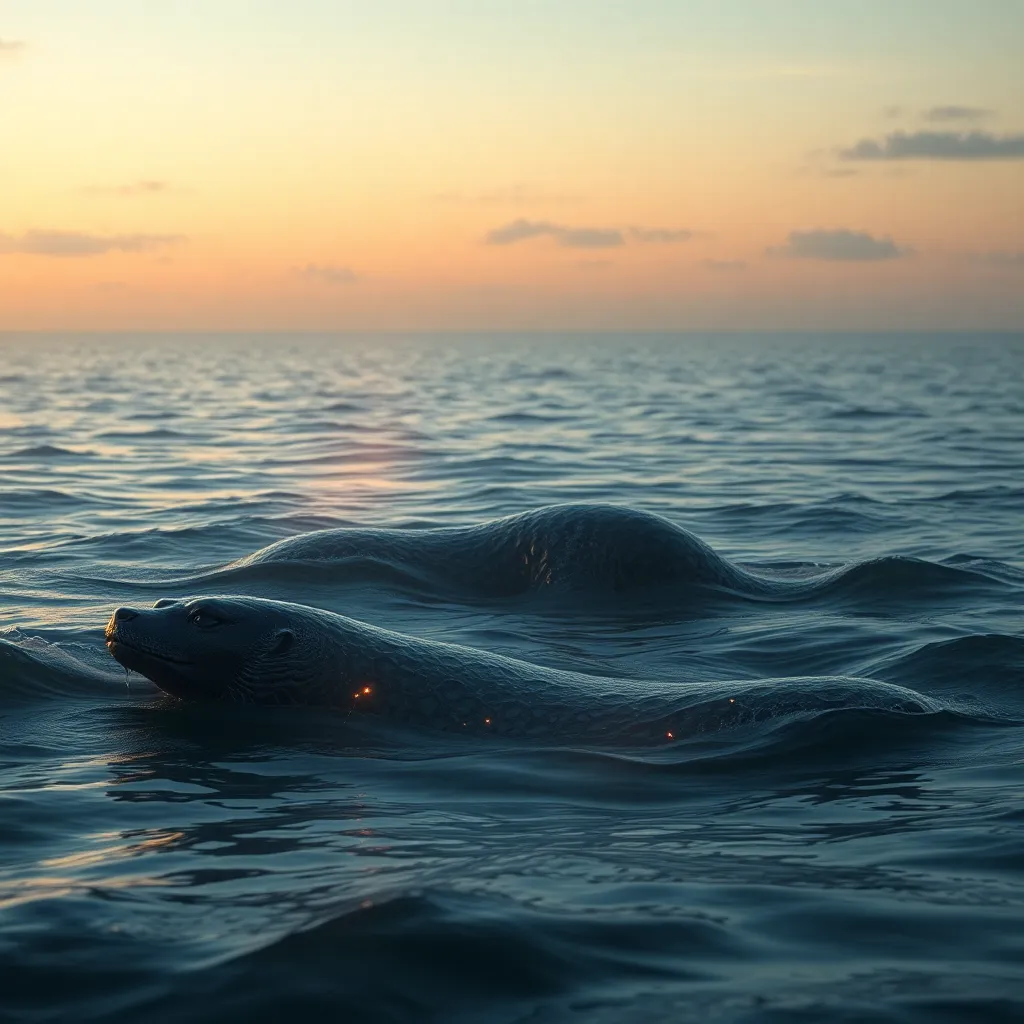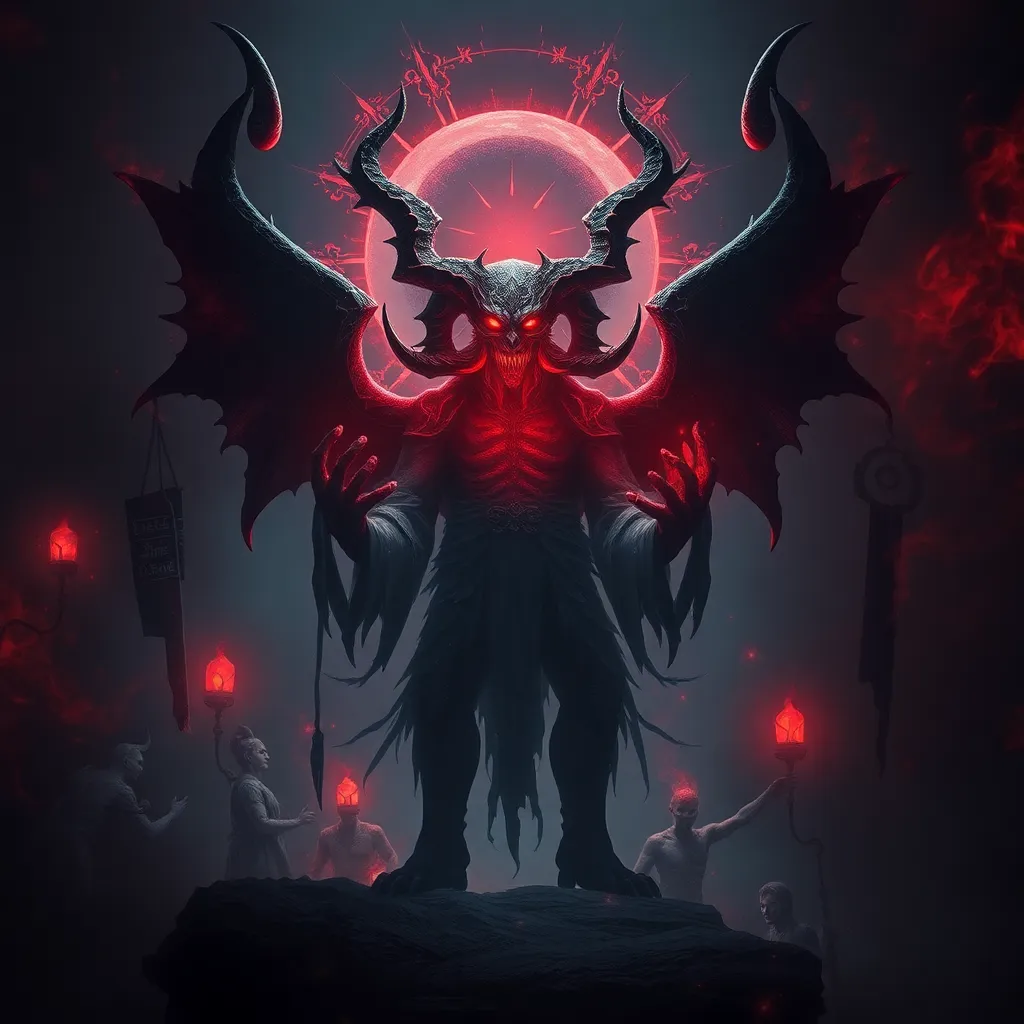The Shifting Skins: Exploring the Selkie Myth Across Cultures
I. Introduction
The selkie myth is a fascinating element of folklore that captures the imagination and reflects deep cultural beliefs. Selkies are mythical beings said to be able to transform from seals into humans by shedding their skin. This duality embodies themes of transformation, love, and the connection between humans and the natural world.
The importance of selkies in folklore cannot be understated; they serve as symbols of longing and the complexities of identity. The stories surrounding selkies often explore the tensions between the human world and the wild ocean, making them a poignant part of coastal cultures’ narratives.
This article aims to explore the historical origins of the selkie myth, its manifestations in various cultures, and its modern interpretations while highlighting its enduring significance in contemporary discussions about identity and environmental connection.
II. Historical Origins of the Selkie Myth
The selkie myth has roots in ancient Celtic and Norse literature, with references found in various texts dating back centuries. These early stories often reflect the close relationship between humans and the sea, depicting selkies as both enchanting and tragic figures.
In ancient societies, seals were revered and often seen as magical creatures. Their ability to navigate between two worlds — land and sea — made them powerful symbols of the unknown. The evolution of the selkie myth can be traced through various historical periods, reflecting changes in societal values and environmental awareness.
III. Selkies in Irish Folklore
Irish folklore is rich with tales of selkies, often depicting them as beautiful women who emerge from the sea. One of the most famous stories is that of “The Selkie Wife,” where a fisherman captures a selkie’s skin, forcing her to marry him. Themes of love and transformation are central to these narratives, showcasing the longing for connection and the consequences of disrupting the natural order.
- Key Stories:
- The tale of “The Selkie of Sule Skerry” – a story of love and loss.
- “The Seal’s Skin” – exploring themes of freedom and captivity.
In Irish culture, the sea symbolizes both life and danger, reflecting the duality of the selkie’s existence. The sea is a source of sustenance but also a realm of mystery, representing the unknown aspects of life and love.
IV. The Selkie Narrative in Scottish Traditions
Scottish traditions offer varied interpretations of the selkie tale, often influenced by the geography and local culture. In the Orkney and Shetland Islands, selkie legends are particularly prominent, with unique variations on the narrative.
- Variations of the Selkie Tale:
- In some stories, selkies are depicted as tragic figures who yearn to return to the sea.
- Others focus on their relationships with humans, often leading to heartache and loss.
The impact of geography plays a significant role in these stories. The rugged coastlines and harsh weather of Scotland shape the narratives, emphasizing themes of survival and resilience.
V. Selkies in Other Cultures
Similar myths can be found in other coastal cultures around the world. For example, the Japanese have the Umibōzu, a sea spirit that can take various forms. This highlights a common thread in folklore: the transformative power of the ocean.
A comparative analysis of transformation myths globally reveals universal themes of identity and belonging. Across cultures, these stories often reflect the struggles of individuals to reconcile different aspects of their existence.
VI. Modern Adaptations and Interpretations
In contemporary literature and film, selkies continue to capture the imagination. Works such as “The Secret of Roan Inish” and novels like “The Selkie’s Song” explore the selkie narrative through modern lenses, often addressing themes of environmentalism and identity.
The relevance of selkie stories today is profound, as they resonate with current societal changes. The retelling of these myths often reflects contemporary concerns around belonging, displacement, and the yearning for connection to nature.
VII. Themes of Environmental Connection
Selkies embody a deep relationship with oceanic health, symbolizing the fragility of marine ecosystems. Their connection to the sea serves as a reminder of the nurturing and dangerous aspects of nature.
- The Symbolism of the Sea:
- The sea represents life and sustenance but also poses threats, mirroring humanity’s complex relationship with nature.
- Climate Change Discussions:
- Selkies play a role in conversations about conservation, emphasizing the need to protect our oceans and the creatures that inhabit them.
VIII. Conclusion
The selkie myth holds significant cultural weight across various traditions, symbolizing the enduring nature of folklore. These stories transcend time and geography, reflecting humanity’s universal struggles with identity, love, and our relationship with the natural world.
As we explore and preserve these cultural narratives, we gain insight into our own identities and the shared human experience. The selkie, with its shifting skins, serves as a powerful reminder of the beauty and complexity of life, urging us to respect and protect the delicate balance of nature.



